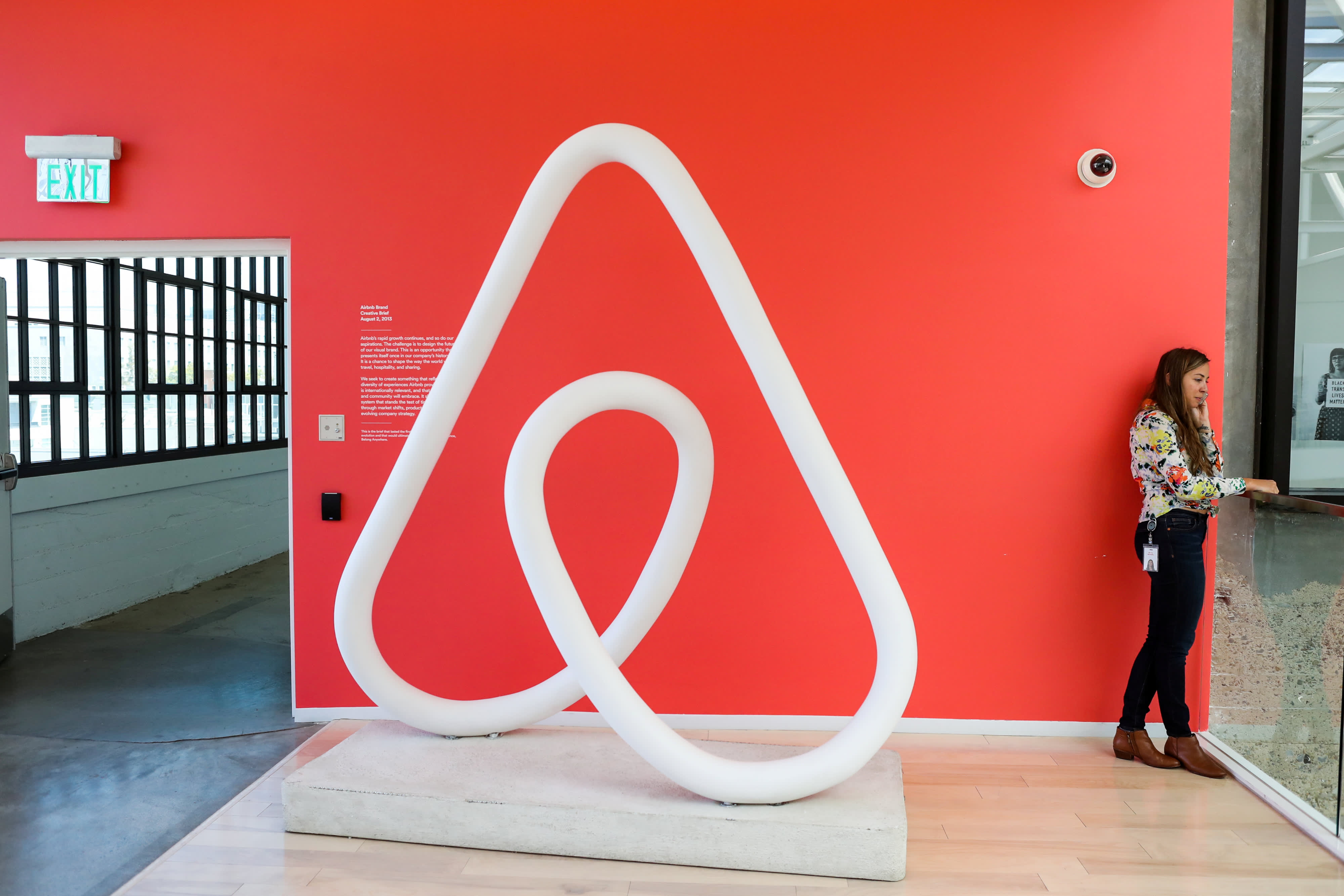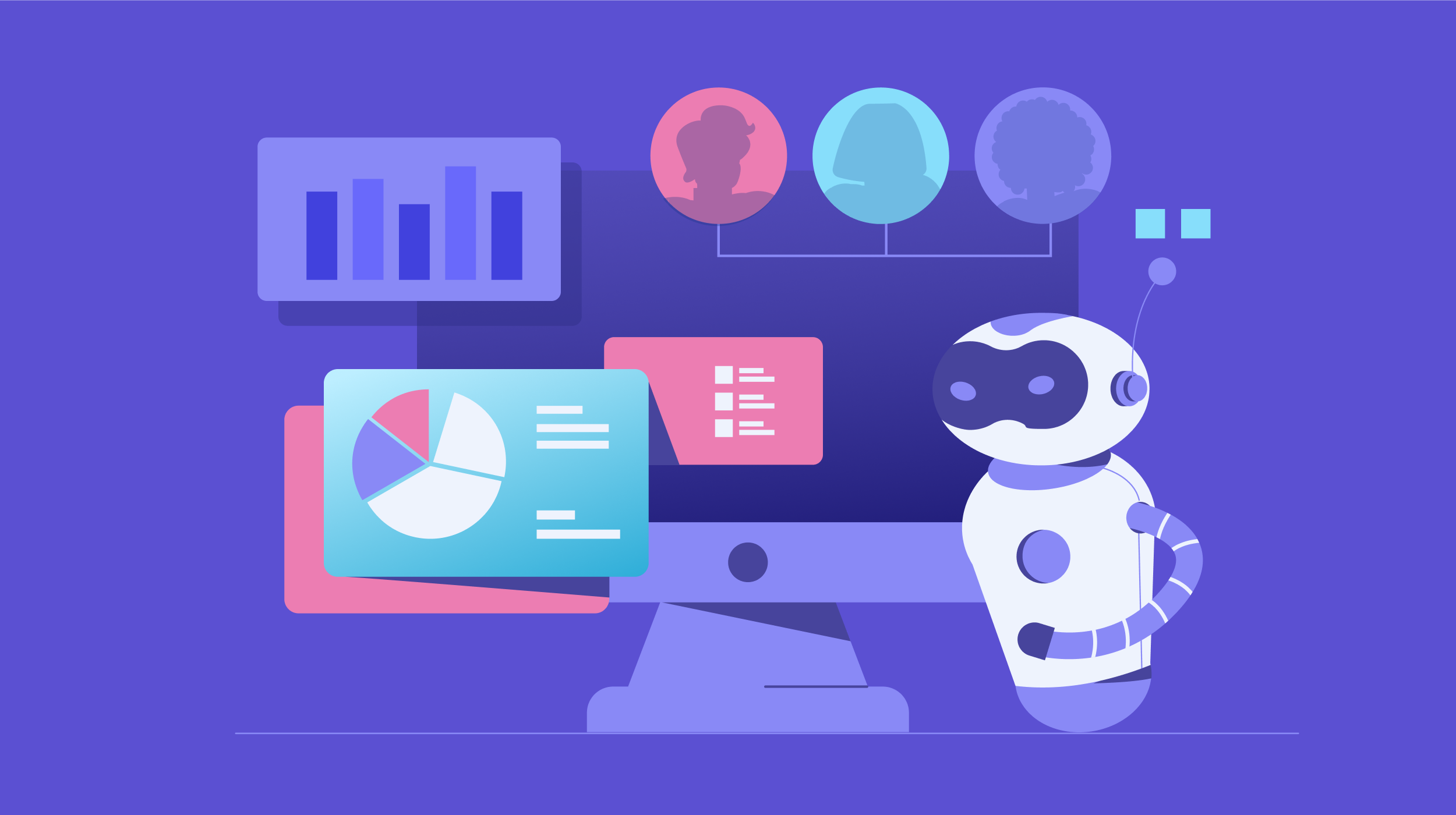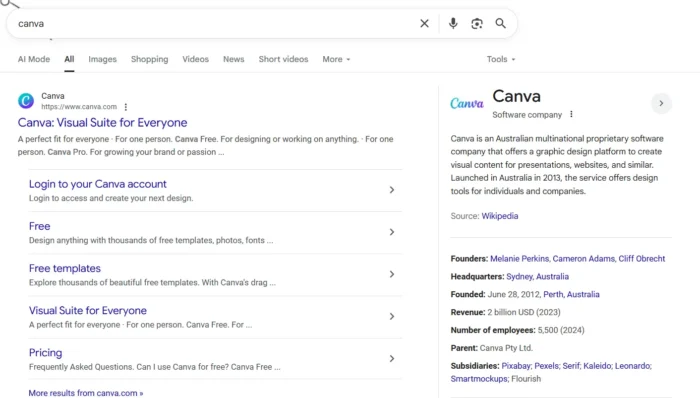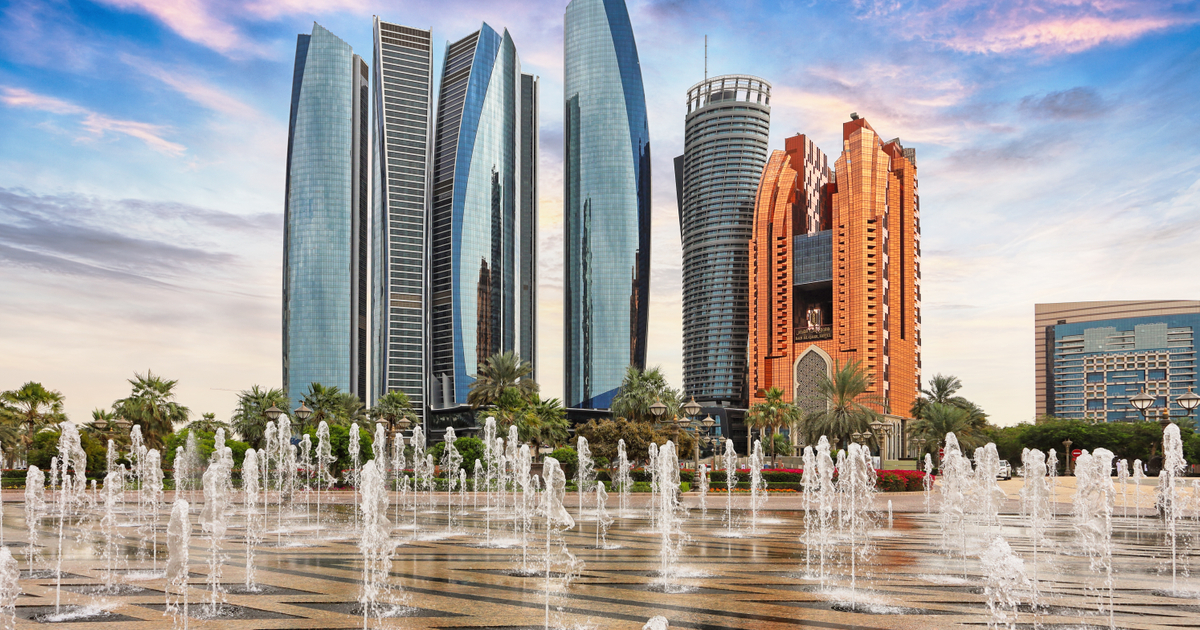Robinhood starts trading Thursday. Here's everything investors need to know
The stock trading app will trade on the Nasdaq under ticker HOOD, priced at an expected $38 to $42 per share.
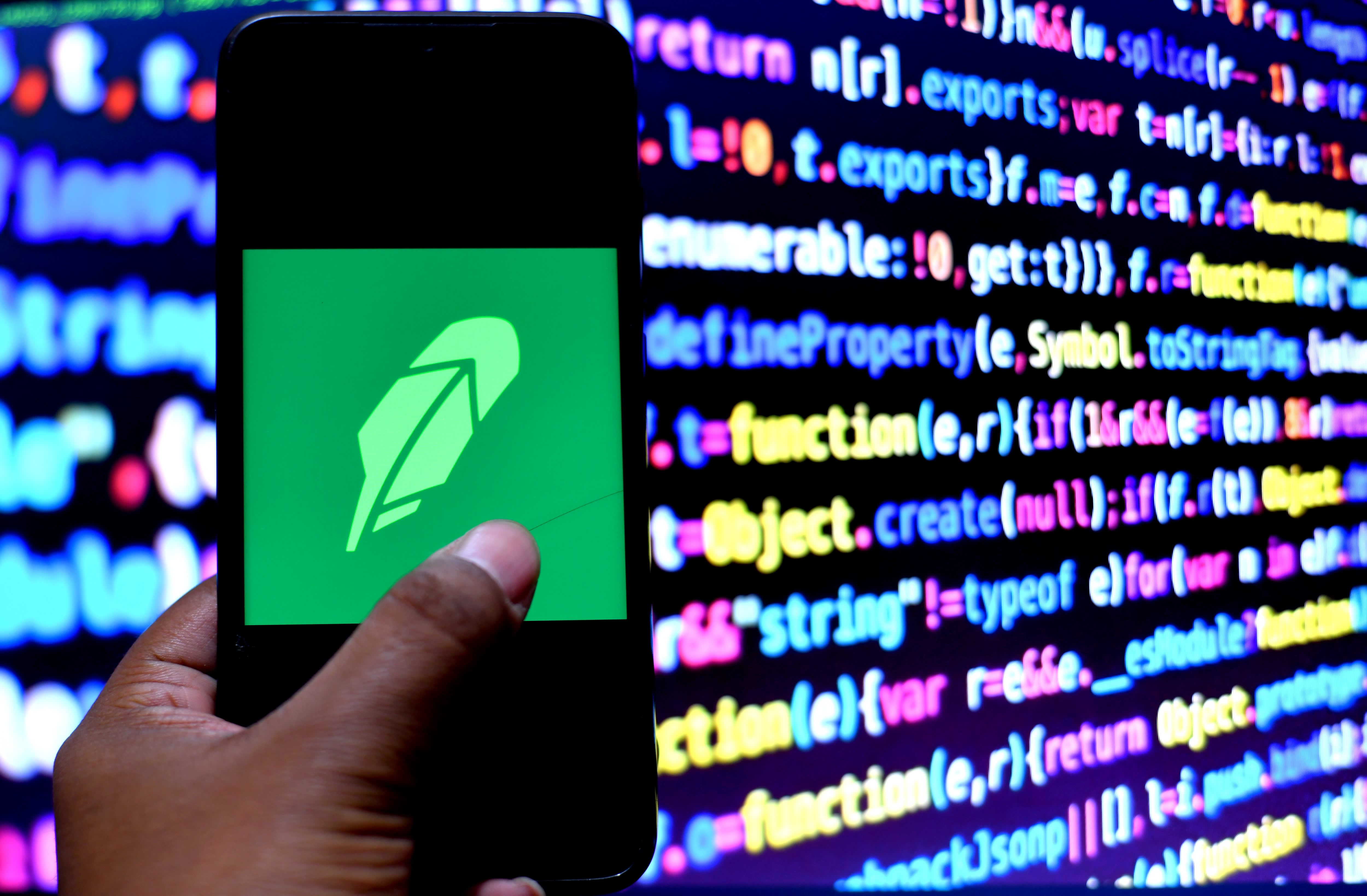
Avishek Das | LightRocket | Getty Images
Robinhood is scheduled to hit the markets Thursday in one of the most highly anticipated initial public offerings of the year.
The stock trading app will trade on the Nasdaq under ticker HOOD, priced at an expected $38 to $42 per share. Robinhood is looking to sell 55 million shares at that range to raise as much as $2.3 billion, and the share sale is expected after the close Wednesday.
At the top end of the range, Robinhood would be valued at $35 billion, and the co-founders would each own stakes worth about $2.8 billion. Coinbase, which went public in April, has a fully diluted market capitalization of $65 billion. The apps are among the most popular places for consumers to by cryptocurrencies, which have surged in trading in 2021.
Robinhood, whose longstanding mission is to democratize investing, is seen as the main gateway to the markets for young investors.
The free-trading pioneer has experienced explosive growth in the past few years amid a boom in retail trading. The company estimates its 18 million retail clients and more than $80 billion in customer assets in the first quarter ballooned to 22.5 million users and more than $100 billion in the second quarter of 2021.
Robinhood is the third-largest brokerage based on number of funded accounts, behind Fidelity and Charles Schwab, which purchased TD Ameritrade last year.
Robinhood went after a largely underserved demographic in the retail investing space, providing a significant runway for growth, according to Autonomous Research analyst Christian Bolu. The Menlo Park, California-based app pioneered free trading and forced the brokerage industry to drop commissions in 2019.
"Robinhood serves the [approximately 84 million] U.S. households with [less than $100,000] in wealth that existing retail brokers have largely ignored," Bolu wrote in a research report. "We size the money app opportunity at [about $120 billion] in revenues implying Robinhood has a significant runway for growth."
While Robinhood was successful in acquiring clients that were largely left behind by legacy brokerages, their account balances are lower compared to peers, which should give Robinhood a lower valuation, according to MKM Partners.
Robinhood's IPO pricing implies a roughly $1,350 valuation per active and funded account, based on its estimated 22.5 million accounts as of the second quarter of 2021.
This compares to $2,500 per account for E-Trade, which was purchased by Morgan Stanley, and $2,200 per account for each TD Ameritrade account, based on Schwab's purchase price, according to MKM Partners analysis. Autonomous Research estimates Schwab accounts are worth north of $3,600 per funded account.
An unorthodox IPO
Robinhood's longstanding mission is to lower the barrier to enter the world of finance, and its IPO has been nothing but on brand.
The stock trading app is reserving 20% to 35% of its IPO shares for its own clients, which CEO Vlad Tenev said he expects will be one of the largest retail allocations ever.
IPO shares have historically been set aside for Wall Street's institutional investors or high-net-worth individuals. Retail traders typically don't have a way to buy into newly listed companies until those shares begin trading on an exchange, so they miss out on the pop.
However, some analysts said Robinhood may be leaving itself exposed to the whims of the very amateur investors it's trying to help.
"There's no doubt that retail traders are much more fickle. The more [Robinhood] sells to retail, the more susceptible they will be to some sort of Reddit super squeeze type of activity," Greg Martin, managing director and co-owner at Rainmaker Securities, told CNBC earlier this month.
Robinhood's loose lock-up structure is also unconventional. Employees will be able to sell 15% of their shares immediately after the public debut, compared to the traditional six-month lockup period. After three months, investors can sell another 15%.
Robinhood even had a public virtual roadshow over the weekend, an event historically reserved for investment banks and high-net-worth individuals. The company's executives invited everyday investors to join the call and spoke on topics from a pool of 2,000 questions.
David Erickson, a finance professor at the University of Pennsylvania's Wharton School, said typically investment banks don't like novelty in the IPO process. However, Robinhood is such a high-profile IPO that it's worth it for the underwriters. Goldman Sachs and JPMorgan are the lead bankers on the deal.
Robinhood is the latest company to change the structure of public offerings. The traditional IPO is rapidly becoming a thing of the past amid the rise in direct listings and special purpose acquisition companies (SPACs).
"I am betting that several of these institutional investors will take a pass especially at a significant valuation step-up from just a few months ago," Erickson said.
Robinhood will likely be the seventh IPO of 2021 to raise more than $2 billion. The six prior ones are trading below their IPO prices.
Robinhood co-founders Tenev and Baiju Bhatt, are planning to each sell about $50 million worth of shares in the IPO. Top investors include DST Global, which owns about 9% of Robinhood pre-IPO. Index Ventures has roughly 13%, NEA has about 13% and Ribbit Capital has approximately 10% of pre-IPO ownership.
Trading slowdown and regulatory risks
Robinhood warned in its updated prospectus that the brokerage could see a slowdown in its epic growth as the retail trading boom cools.
"We expect our revenue for the three months ending September 30, 2021, to be lower, as compared to the three months ended June 30, 2021, as a result of decreased levels of trading activity relative to the record highs in trading activity, particularly in cryptocurrencies, during the three months ended June 30, 2021, and expected seasonality," Robinhood said in an amended prospectus released last week.
Robinhood, which offers equity, cryptocurrency and options trading, as well as cash management accounts, benefits from more speculative trading practices from its clients. Options trading accounts for about 38% of revenue, while crypto is 17% of revenue. Plus, margin and stock lending trading levels have been elevated in 2021.
"Since the lion's share of Robinhood's revenue is derived from transactional activity there is a risk that a market downturn or even less turnover could lead to topline pressures," Peter Hobson, senior analyst at Third Bridge, said. "The last time there was similar gangbusters retail trading growth was in early 2000, which then saw a material decline in retail trading activity after the pop of the dot-com bubble."
Robinhood also said it anticipates the growth rate of new clients will be lower in the third quarter of 2021, compared to the second quarter, "due to the exceptionally strong interest in trading, particularly in cryptocurrencies, we experienced in the three months ended June 30, 2021 and seasonality in overall trading activities," the filing said.
"It is unclear to us whether the new influx of customers at HOOD will continue to be repeat traders or would behave differently from prior cohorts of users. Approximately 60% of funded accounts on Robinhood were opened in the last 12 months, and a vast majority of them are first-time investors," said MKM Partners analyst Rohit Kulkarni.
Another major risk to Robinhood's valuation would be regulatory changes to the firm's largest revenue source, payment for order flow, or the money brokerage firms receive for directing clients' trades to market makers. Payment for order flow is a controversial practice that has garnered attention from the Financial Industry Regulatory Authority, or Finra, and Main Street.
In the first quarter of 2021, Robinhood found itself in the middle of a firestorm amid an epic short squeeze in GameStop, which was partially fueled by Reddit-driven retail investors. At the height of the so-called meme stocks' surge, Robinhood restricted trading of certain securities due to increased capital requirements from clearing houses. Robinhood raised north of $3.4 billion in a few days to shore up its balance sheet.
"We think payment for order flow is a better deal for our customers, vs. the old commission structure. It allows investors to invest smaller amounts without having to worry about the cost of commissions," Robinhood CFO Jason Warnick said Saturday at Robinood's virtual roadshow.
However, Warnick said Robinhood wants to be fully engaged in the regulatory and political discussion about PFOF. He said that if the model changed, Robinhood and the industry would be able to adapt.
Wharton's Erickson called Robinhood "the most concerning high profile IPO since WeWork tried to go public a few years ago." The embattled office-sharing company pulled its IPO in 2019 after investors balked at public numbers and disclosures in its prospectus.
Robinhood has given no indication that investors have lost their appetite for its IPO. But there are plenty of reasons for concern.
In June, Robinhood was slapped with Finra's largest-ever penalty, totaling about $70 million. The company has also faced lawsuits for its multiple days of outages during times when trading volume was heavy during the pandemic. Additionally, Tenev was forced to testify to the House Financial Services Committee in February regarding the GameStop trading mania. Tenev's phone was seized by federal attorneys in investigations about restricted stock trading.
Robinhood governance seems to be "tone deaf" to these issues, Erickson.
"Based on significant issues with both their internal controls and regulators, you would have thought that their board would be filled with people that have extensive securities internal control and regulatory experience to compensate for this," said Erickson, who was formerly the head of global equity capital markets at Barclays. "Unfortunately, that isn't even close to being the case."
— with reporting from CNBC's Michael Bloom and Ari Levy.

 Tekef
Tekef 








